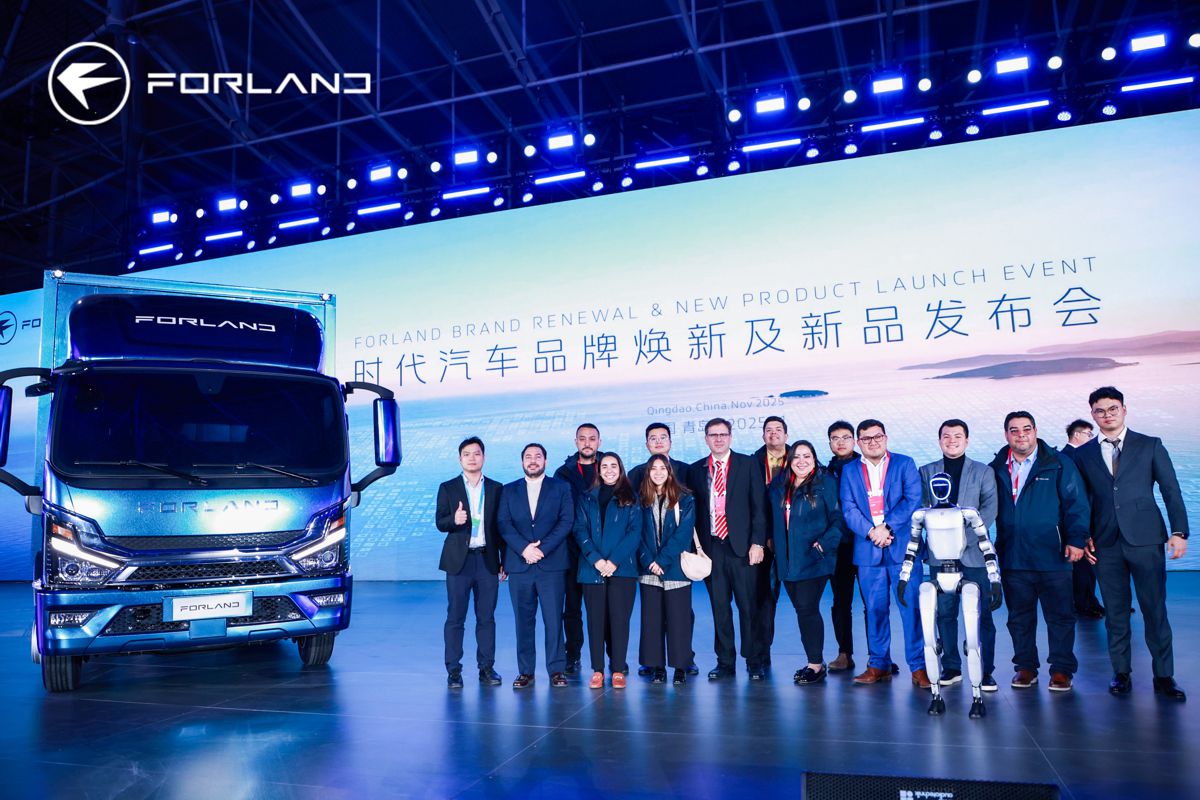Minnesota Bridge Rehabilitation a benchmark for Modelling Standards
For nearly 100 years, the rainbow arch of the Robert Street Bridge has been an iconic landmark in St. Paul, Minnesota. The Modern-style structure has also served as an important thoroughfare for traffic crossing the Mississippi River, traveling from the city’s west side into downtown St. Paul.
Now, the Minnesota Department of Transportation (MnDOT) is planning a significant renovation that will shore up the historic bridge for another 50 years to come. The project aims to secure the future of this piece of St. Paul’s history while modelling technological advancements that will become benchmarks for the bridge industry.
“This is the largest leap forward in bridge inspection since formal bridge inspections started in the United States in 1971,” said Barritt Lovelace, vice president of UAS, AI, and reality modelling for Collins Engineers, Inc.
MnDOT contracted with Collins Engineers to inspect the Robert Street Bridge ahead of its first major rehabilitation since 1989. For this update, the inspection team augmented traditional methods, which involve hand-measuring cracks and spalls and relying on pencil-drawn sketches and notes, along with photographs, when making critical assessments.
Here, Collins Engineers was able to maximize the data it collected by using Skydio drones to capture more than 57,000 images of the bridge.
Using Bentley’s reality modelling software, the inspection team processed the drone-captured images to create a detailed digital twin of the bridge. This capability allowed senior engineers on the project to pre-inspect the bridge and study its condition and document defects before going to the site in person. Once in the field, engineers could reference the 3D digital replica on internet-enabled tablet computers and annotate the model with additional findings.
Lovelace said his team was able to gather at least 70% of the project’s total inspection information before ever visiting the bridge.
“We’re still relying on our inspectors and their experience, but we’ve changed from discovering a lot of these defects in the field to just verifying that they’re there and that pre-inspection information and the artificial intelligence correctly identified the defects,” Lovelace said.
Shared Benefits
By using these digital delivery methods, Collins Engineers was able to cut down its time spent on site by at least 20%. This resulted in fewer roadway closures and traffic disruptions for commuters, as well as freed engineers to focus on the project’s critical next step: assessing the bridge’s load-carrying capacity and developing a bridge management plan to present to project designers.
“Engineers were spending their time making decisions versus collecting data,” Lovelace said.
The benefits of relying on digital delivery methods also extended beyond the engineering team to other partners on the Robert Street Bridge rehabilitation. Inspection and testing data inputted into the digital twin were shared across project collaborators, including the design and construction teams, providing a seamless method of double-checking the inspection team’s work. Traditionally, the only way to verify an inspector’s work and see if any bridge defects were overlooked was to commission another independent inspection.
However, by using a digital twin to organize and display data, an additional layer of accountability was built in from the beginning.
“There’s less of a chance for error, so we’re lowering risk—not only for ourselves, but for our client as well,” Lovelace said.
Additionally, by making the digital twin available to potential contractors for more detailed insight into the structural condition of the bridge, Collins Engineers expects to save approximately 20% in rehabilitative construction costs. Lovelace believes that doing so well help the potential contractors be able to submit more accurate construction bids. He estimates that this information sharing will result in up to USD 15 million in savings for MnDOT and a 10% reduction in materials used during the construction process.
Combatting a Workforce Squeeze
Digital innovations also helped the engineering team mitigate a workforce shortage that currently stretches across the bridge industry. Lovelace said that not enough new engineers are entering the workforce to keep up with the rapidly growing demand for their skills, as a slew of American bridges and other infrastructure age past the 50-year mark.
“American infrastructure is in the second generation of needing repairs,” he said.
On the Robert Street Bridge inspection, artificial intelligence capabilities helped compensate for having fewer workers available for fieldwork by cutting down on the overall time and labour required on site. This situation yielded more than USD 90,000 in savings. On future projects, Lovelace also foresees the option of inviting virtual consultations by experienced engineers who are not able to travel to a given site.
As a result of these benefits, he expects a digital-first workflow will be the norm for him and his colleagues moving forward.
“Even in cases where the client isn’t specifically asking us to do this, we’re proposing it, because we know we can give them a better product at a reduced cost compared to traditional methods,” he said.

Article by Oana Crisan, a senior product marketer focused on bridge design and analysis applications at Bentley Systems. She holds a BA in business information systems from Dublin Business School, Ireland, and a BA in international relations and European studies from Petru Maior University, Târgu Mureș, Romania. 2023 Going Digital Awards Finalist.



















